I've watched the PR landscape evolve over the past 25 years, and if there's one thing I'm certain of, it's this: the traditional press release is on life support. Don't get me wrong—I've written thousands of them, and they served us well for decades. But the media consumption habits that made press releases effective? Those shifted dramatically, and most PR professionals are still playing catch-up.
Here in Austin, I'm seeing local businesses pour resources into crafting the "perfect" press release, only to watch it disappear into the digital void. Meanwhile, the companies getting real coverage are doing something entirely different.
What’s really working?
The brands that break through aren't sending press releases—they're creating stories worth sharing. Instead of announcing, they're inviting journalists into conversations. Intimate roundtables with key reporters, sharing not just what you’ve built, but why you built it are far more valuable today.
Smart communicators are shifting from broadcast to dialogue. We're trading mass distribution for targeted relationship building. When a client has news to share, my first question isn't "What should the headline be?" It's "Who specifically needs to hear this story, and what's the most human way to tell it?"
This means more phone calls, more coffee meetings, and yes, more work per story. But it also means better placement, deeper coverage, and relationships that extend far beyond a single news cycle.
The press release isn't entirely dead—there are still regulatory requirements and archival needs that keep it breathing. But as a primary communication tool? It's time to pull the plug and invest in what actually moves the needle today.
